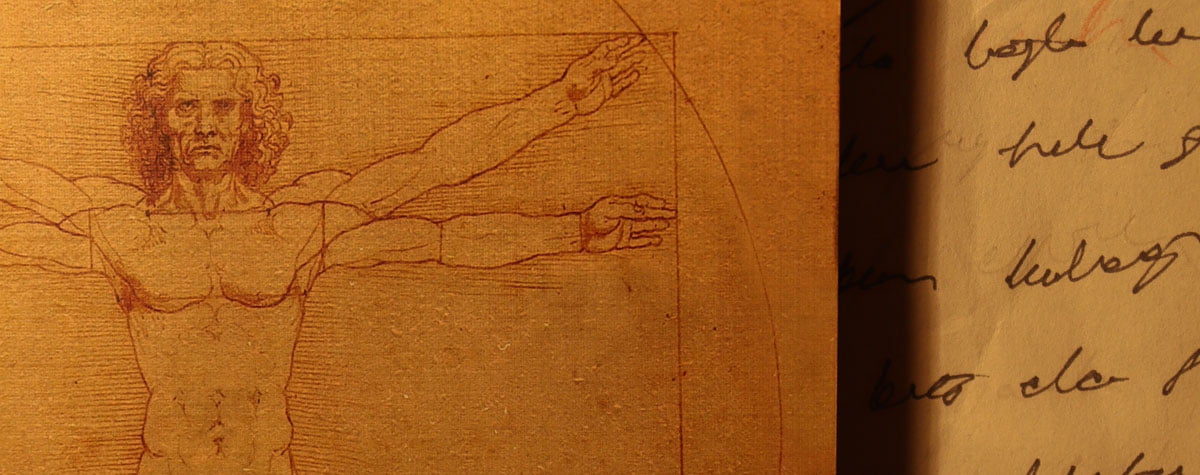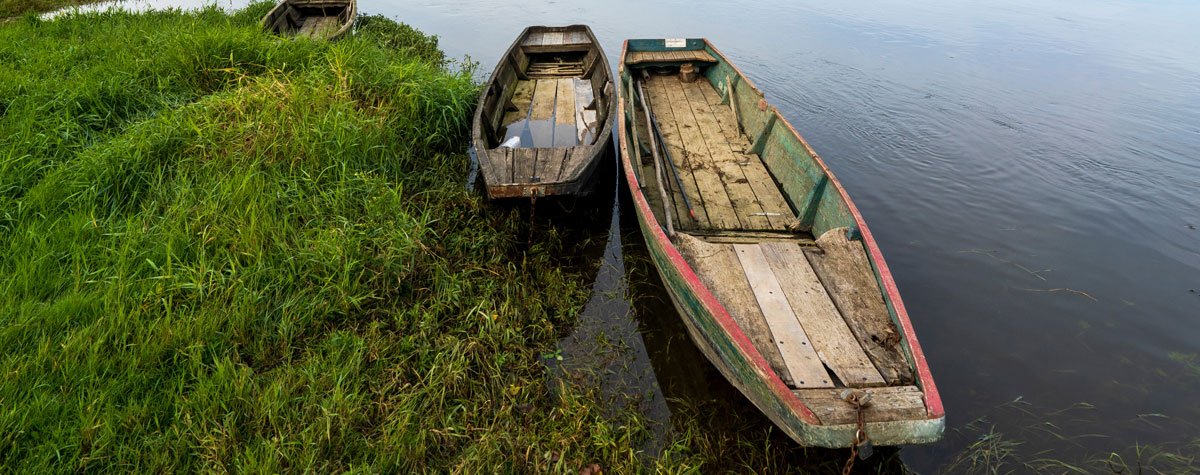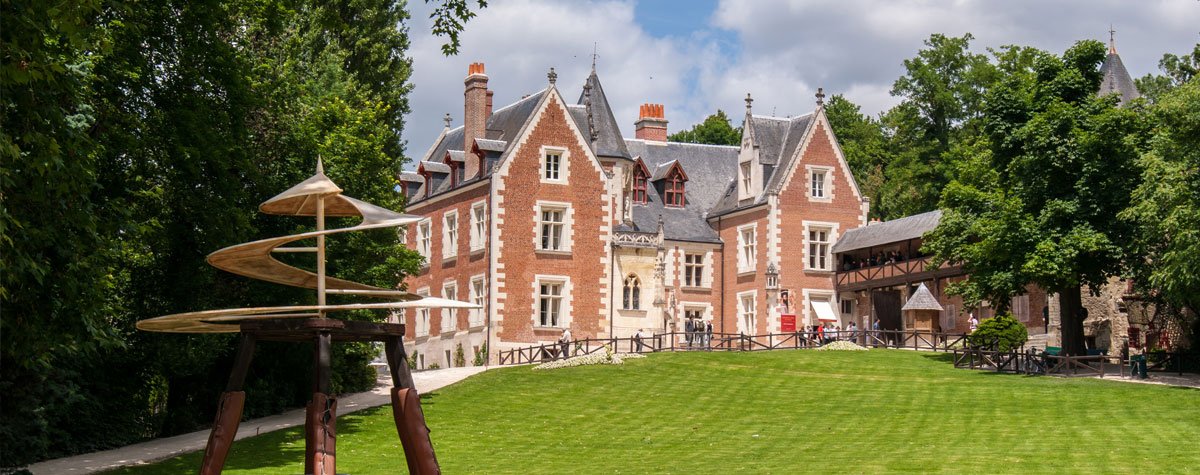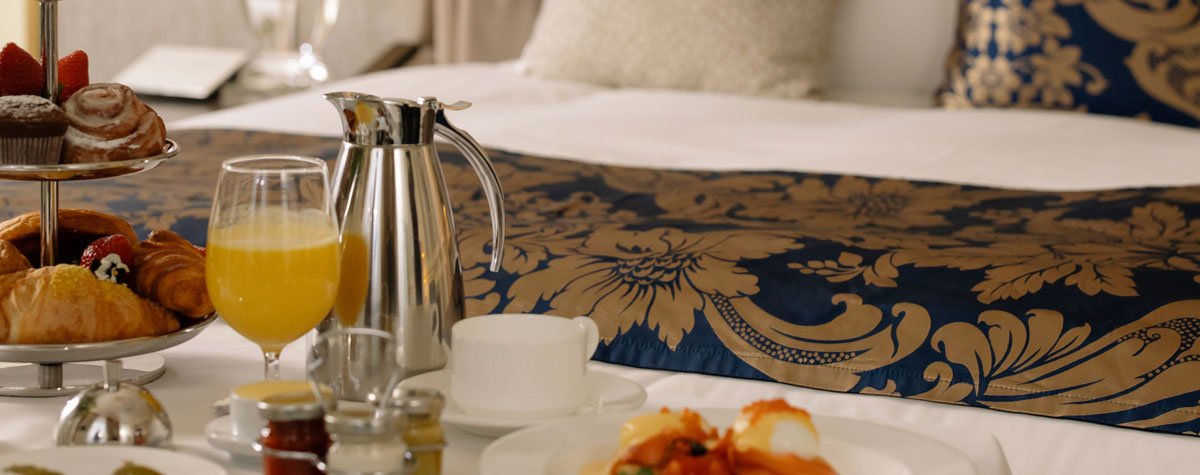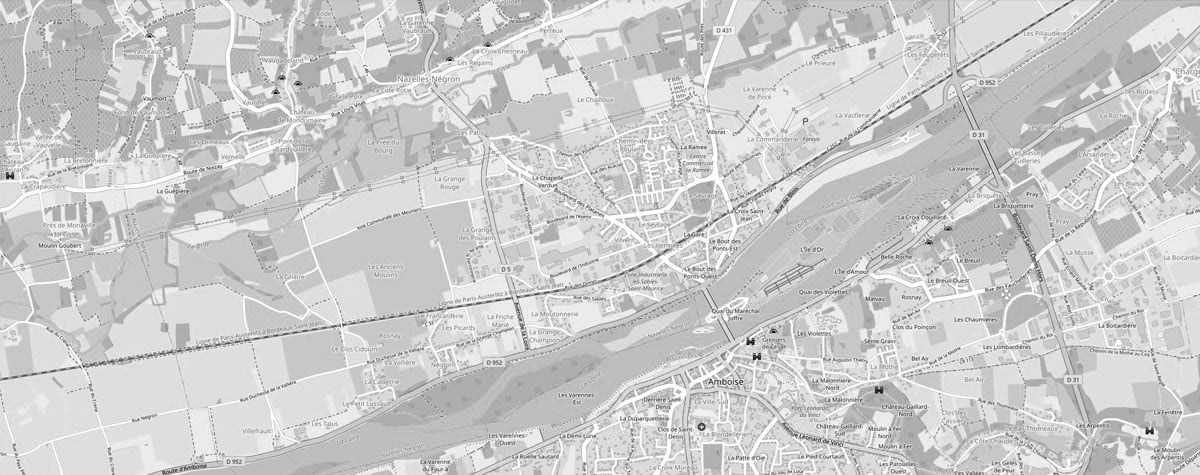Chateau de Clos Luce

Manoir du Cloux, the origins of Chateau de Clos Luce
Visitors strolling through the sumptuous gardens of Chateau de Clos Luce today may find it hard to imagine the landscape of these same grounds six centuries ago. While its neighbor, the Royal Chateau of Amboise, was still a medieval fortress far removed from the magnificence of its Renaissance decor, the Manoir du Cloux was a walled estate, a former priory, just acquired by Etienne Le Loup, minister to King Louis XI. To say that Etienne made giant strides up the social ladder is an understatement. As a young servant in the service of the sovereign, he made a name for himself with his wit and insight, which attracted the king’s interest. Etienne was promoted to minister, with responsibility for overseeing the construction of the Royal Chateau. However, these sudden privileges weren’t to everyone’s taste, and Etienne Le Loup was soon disliked by the population, losing his royal protection. Le Cloux became part of the royal domain.
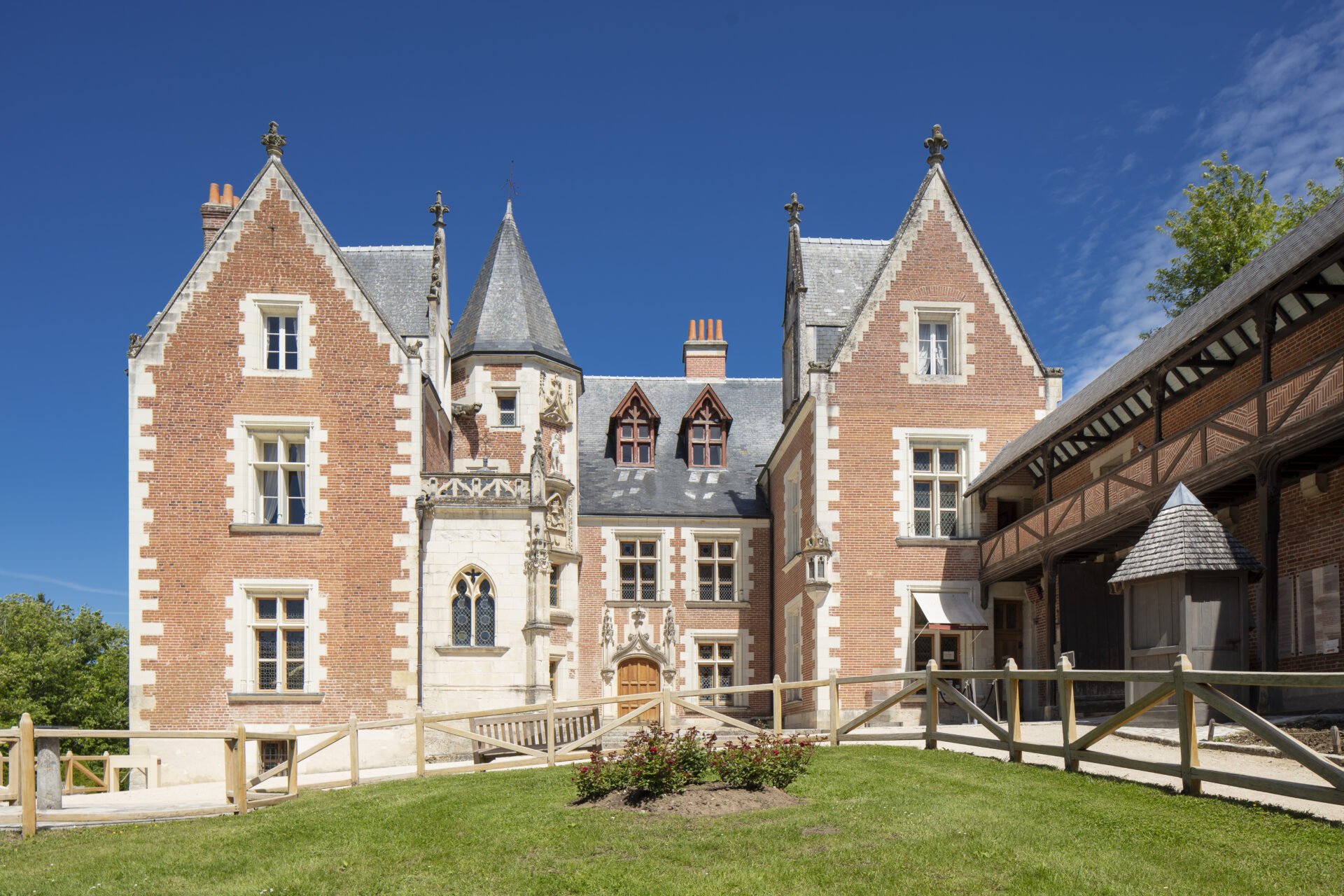
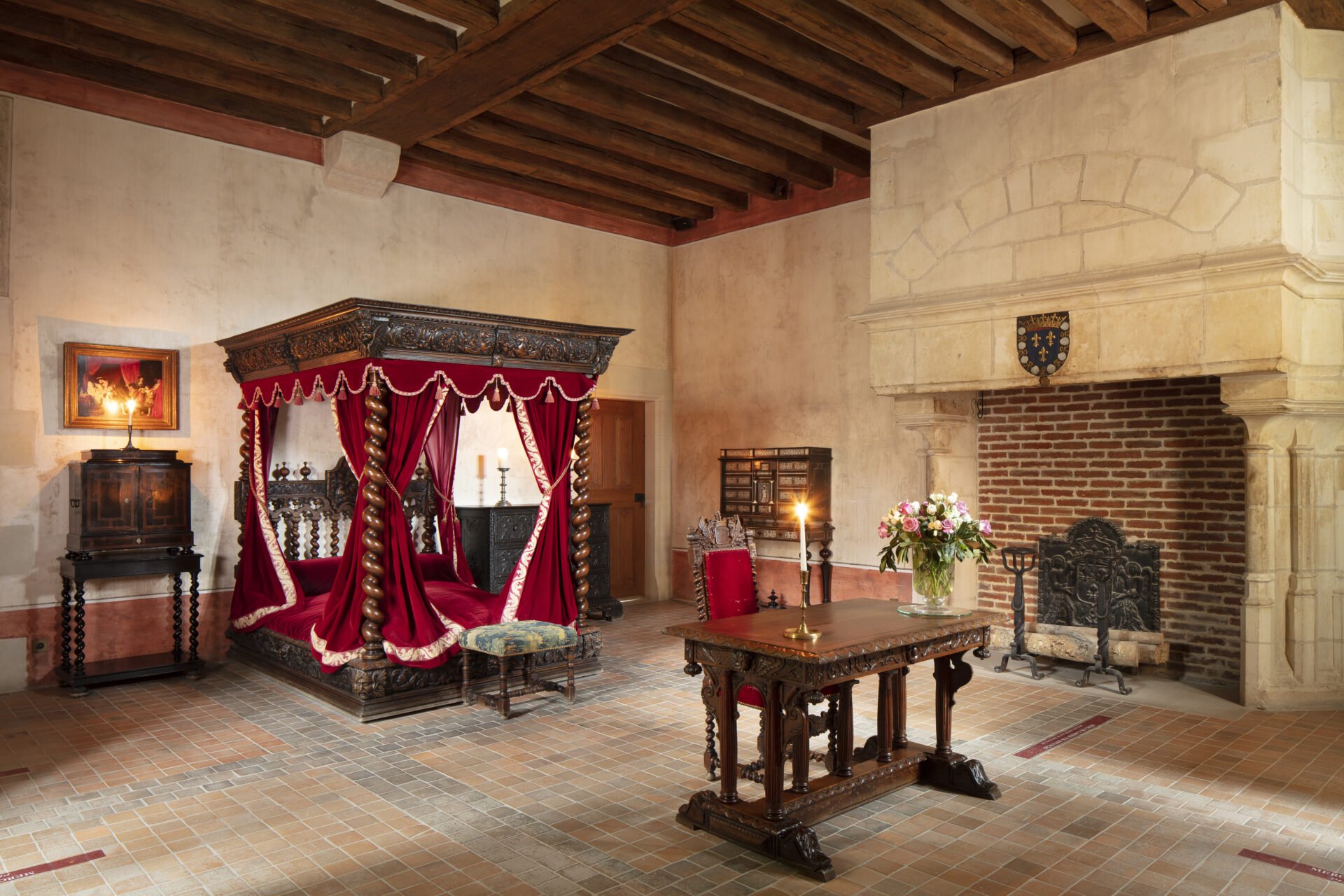
Charles VIII and Anne de Bretagne, a royal couple at the Chateau de Clos Luce
King Charles VIII took possession of the property. He added a majestic oratory in tufa stone to the small red-brick manor house. Bearing the royal coat of arms, fleur-de-lys and ermine tail, this oratory became a place of meditation for the young Queen Anne of Brittany. Forced into marriage at the age of fourteen, the young sovereign rested there after her multiple pregnancies, waiting in vain to offer the king her long-awaited inheritance. When her husband died accidentally on April 7, 1498, Anne left Amboise to join Louis XII, who forced her to marry again. Louise de Savoie took up residence at the Clos Luce, accompanied by her children Marguerite and François, the future François 1er.
Leonardo da Vinci, a world icon at Chateau de Clos Luce
When François 1st met Leonardo da Vinci in the aftermath of his success at Marignan, it was only natural that he should invite him to settle at Chateau de Clos Luce, where he had spent his childhood. Deprived of a patron since the death of Julien de Medici, Leonardo agreed to make the long journey across the Alps to join this spirited young king and art lover, eager to make his mark on history. Legend has it that the old man crossed the Alps on a mule, accompanied by his faithful servant Battista da Vilanis, and a disciple, Francesco Melzi. In his luggage were some of the world’s most famous works of art, including the iconic Mona Lisa, the Saint Anne and the Saint John the Baptist. Not to mention several thousand parchments devoted to the study of biodiversity, architecture and the art of warfare…
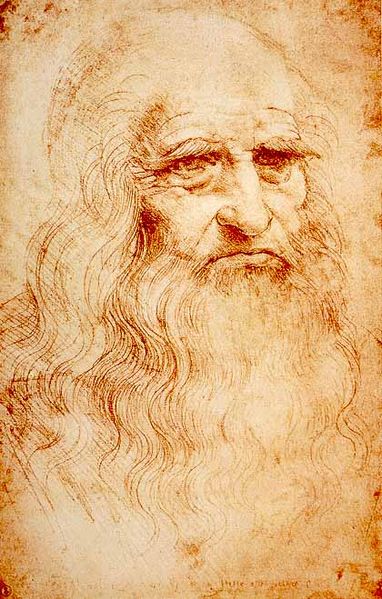
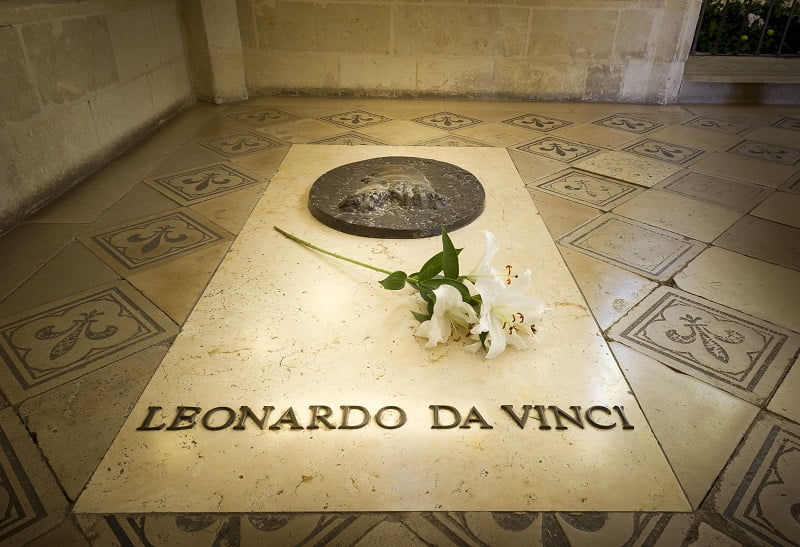
In the autumn of 1516, Leonardo da Vinci took up residence at the Chateau de Clos Luce, where he was joined by Mathurine, a local cook and maid. And he set to work, relentlessly. The man who had been named “first painter, architect to the king” devoted his days to his research. “Here, Leonardo”, the king told him, ‘you’ll be free to think and work’. From draining the marshes of Sologne, to plans for an ideal city in Romorantin, to hydraulic studies, his field of research was limitless. He even designed sumptuous festivities for the court, punctuated by light shows, turning himself into a veritable stage director! The king regularly visited the man he nicknamed “my father”, imbibing his knowledge and insights.
Leonardo Da Vinci’s death in Amboise
At the end of April 1519, feeling his last strength failing him, Leonardo da Vinci drew up his will. His estate was to be divided between his adopted son Salaï, his servants Battista and Mathurine, and his disciple Melzi. He finally died on May 2, 1519, at the age of 67, and expressed his last wish to be buried in Amboise, not far from the Clos Lucé. Exhumed in the mid-19th century, his presumed remains now rest in the sumptuous Saint Hubert chapel of the Royal Chateau of Amboise.
Chateau de Clos Luce, Parc Leonardo da Vinci: an open-air interactive museum
In addition to the magnificently restored manor house, the Clos Luce extends over seven hectares of wooded, flower-filled parkland, with the River Amasse running through it. Dozens of life-size models illustrate Leonardo da Vinci’s work in military, hydrological, aeronautical and botanical fields. The “Leonardo, painter and architect” galleries present the master’s major works in an interactive, digital format. A breathtaking sound and light presentation emphasizes the details of these most famous works, such as the Mona Lisa’s gaze, the finger of Saint John the Baptist… The Chateau de Clos Luce can be enjoyed with friends and family alike. It’s an open-air museum where interactivity reigns supreme. Young and old alike can gather around one of the greatest minds in the history of mankind.
Practical information
The Chateau de Clos Luce is open every day of the year, except December 25th and January 1st. Several food and beverage outlets line the grounds and gardens, as well as a souvenir store. Guided tours are offered on site by an expert guide. Costumed tours are also offered during school vacations, in the company of Mathurine, Leonardo da Vinci’s cook. Accessible to all ages from 7 upwards, these tours immerse visitors in the daily life of the Italian genius, from his arrival in 1516 to his work with King François 1er. Reservations for these tours are required at the Val d’Amboise Tourist Office.
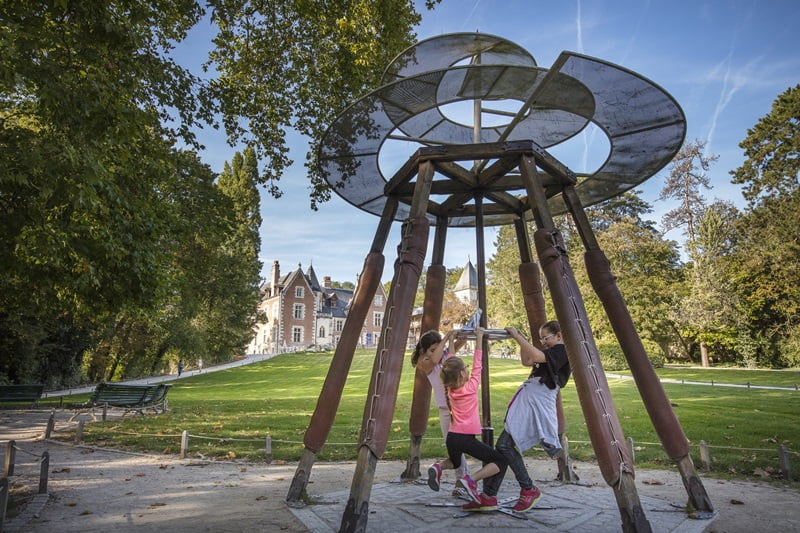
Frequently asked questions
How do I get to the Chateau de Clos Luce?
The Chateau de Clos Luce is located in the heart of the town of Amboise, 500 meters from the royal castle. It has a paid parking lot; the Tanneurs parking lot, 300 meters away, is the closest free parking lot.
What can you see at the Chateau de Clos Luce?
The Chateau de Clos Luce was Leonardo da Vinci’s last home. Visitors can see Leonardo da Vinci’s bedroom, his artist’s studio, his dining room, and his kitchen. Several museum areas display models of his creations, and the 7-hectare park features life-size models of his inventions, providing insight into his science and genius. An immersive sound and light show allows visitors to discover his most famous paintings.
How long does it take to visit the Chateau de Clos Luce?
A visit to the Château du Clos Lucé takes between 2.5 and 3 hours on average. For fans of the artist, or families who want to enjoy the whole park and its models, the visit can easily take half a day.
How much does it cost to visit the Chateau de Clos Luce?
For 2025, the entrance fee to the Chateau de Clos Luce is €19.50 for adults and €14 for children aged 7 to 18. Reduced rates are also available for students, people with reduced mobility, and families with at least two paying children.
What are the opening hours of the Chateau de Clos Luce?
For 2025, the Chateau de Clos Luce is open in January: 10 a.m. to 6 p.m. / February to June: 9 a.m. to 7 p.m. / July to August: 9 a.m. to 8 p.m. / September to October: 9 a.m. to 7 p.m. / November to December: 9 a.m. to 6 p.m.


